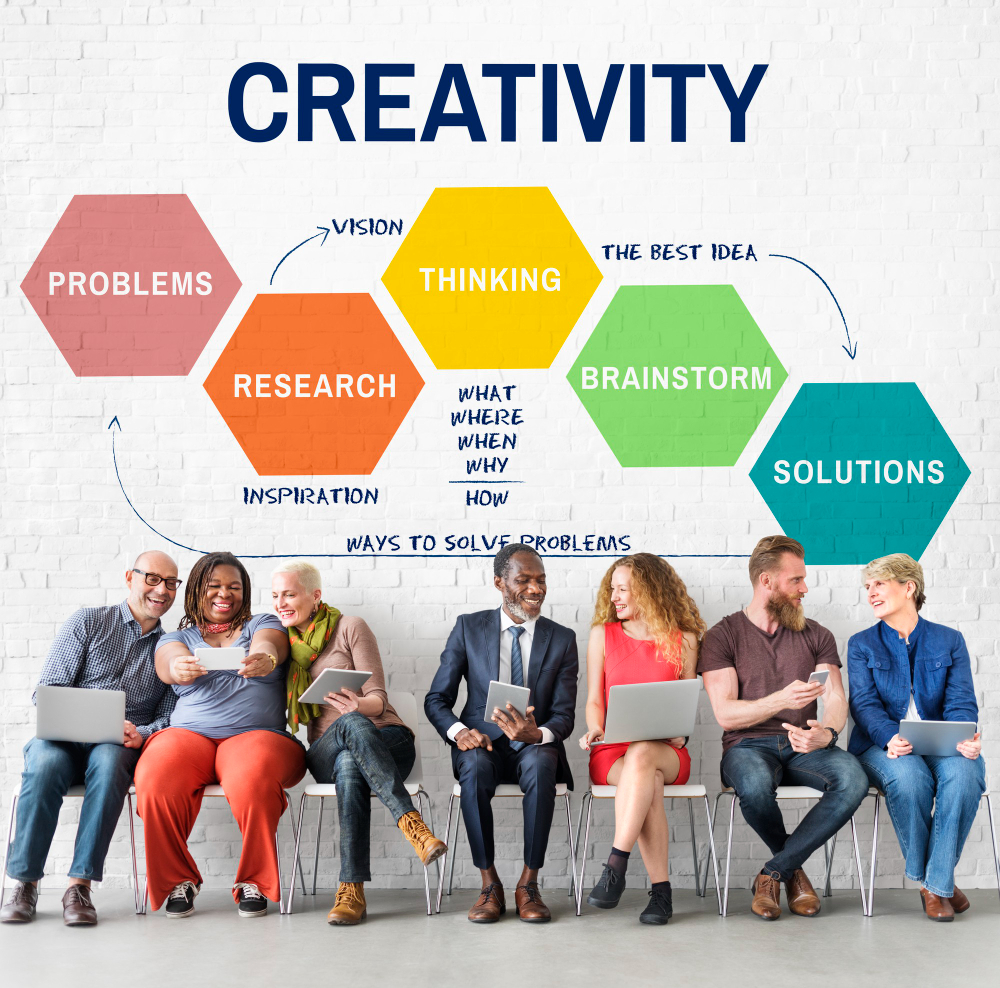Carol Dweck, the brilliant mind behind these ideas, showed us that there are two ways people think about their abilities. With a growth mindset, you believe you can get better at pretty much anything if you put in the effort. The fixed mindset? It’s the idea that you’re stuck with whatever skills you’re born with. This difference shapes how you deal with failure and growth and how much you’re willing to step out of your comfort zone.
Embracing a growth mindset means you see challenges as chances to grow, and that’s where real success happens, especially in business and leadership. If you’re stuck in a fixed mindset, though, it’s easy to shy away from challenges and play it safe. Switching gears to a growth mindset can totally transform how you tackle life and work—and that’s where the magic really begins.
Carol Dweck’s Research on Mindset
Carol Dweck’s research digs into how our beliefs about intelligence shape everything we do. She found that people with a growth mindset believe they can improve through effort, while those with a fixed mindset think their abilities are set in stone. This difference makes a huge impact—having a growth mindset means you’re open to learning, while a fixed mindset can hold you back from new experiences.
Neuroplasticity, or the brain’s ability to rewire itself, is proof that we’re never too old to learn or adapt. With a growth mindset, you might see a failed sales pitch as a chance to get better, but a fixed mindset could make you think you’re just bad at sales. It’s all about how you choose to see the situation and move forward.
Dweck’s research shows mindset really shapes how we perform at work and in life. Leaders with a growth mindset build a culture where it’s okay to learn from mistakes and experiment with new ideas. This not only makes the whole team more resilient but also sparks more creativity, which is exactly what helps a business thrive.
Recognizing Your Current Mindset
A fixed mindset can show up when you’re afraid of failing or when you resist feedback. Maybe you avoid taking on new challenges because you don’t want to mess up. These habits can keep you stuck and hold you back from growing.
A growth mindset means you’re open to trying new things and see feedback as a chance to get better. You tackle challenges head-on and take criticism as fuel for improvement. This mindset helps you stay on track, even if things don’t go perfectly.
To figure out your mindset, think about how you handle setbacks. Do you get defensive, or do you look for lessons? Try jotting down your thoughts when you face a challenge—this can show whether you’re ready to grow or just staying comfortable.
Benefits of Cultivating a Growth Mindset
A growth mindset makes you more resilient in business and leadership. You get better at bouncing back from setbacks and staying motivated even when things get tough. Leaders who embrace this mindset inspire their teams to see obstacles as chances to grow and get better.
In sales and career growth, a growth mindset helps you see setbacks as lessons instead of failures. You learn, adjust, and improve, which boosts your sales results and helps you keep moving forward in your career.
Shifting from a Fixed Mindset to a Growth Mindset
Start shifting your mindset by questioning those old beliefs about what you can and can’t do. Take small steps like setting goals that stretch you a bit and celebrate every little win along the way. The more you do this, the more growth becomes part of who you are.
See challenges as chances to learn instead of things to avoid. Reflect on how you react when things get tough, and use positive reinforcement to cheer yourself on. Noticing your own efforts and giving yourself credit makes it easier to embrace growth and keep moving forward.
Creating an Environment That Fosters Growth
Encourage a growth mindset in your team by making it okay to make mistakes. Let people share their challenges and what they learned from them without any fear. When everyone knows it’s normal to stumble while learning, they’re more likely to try new things and push their boundaries.
Use leadership practices that make learning an ongoing part of your team’s work life. Set up training sessions, encourage mentorship, and be open to feedback from your team. Show them that everyone, including you, can keep growing and getting better.
Celebrate the effort, not just the final results. Recognize when someone puts in the work, even if things don’t go perfectly. This kind of acknowledgment boosts morale, keeps people motivated, and shows them that their hard work is seen and appreciated.
Conclusion
Adopting a growth mindset can completely change how you tackle challenges, making obstacles into opportunities to learn and grow. It takes effort to shift how you see things, but it opens up so many possibilities for both personal and career growth. Keep encouraging your team, stay open to feedback, and grab every chance to improve—even the small ones make a big difference.










